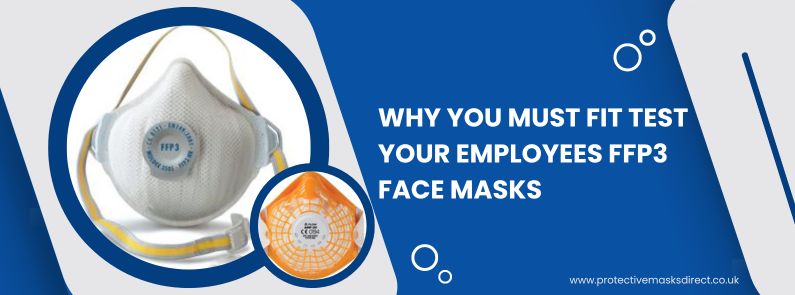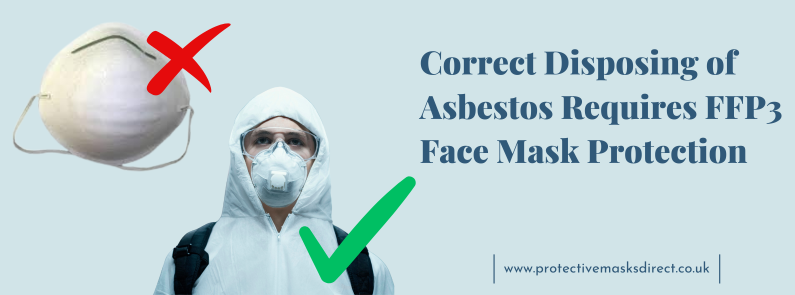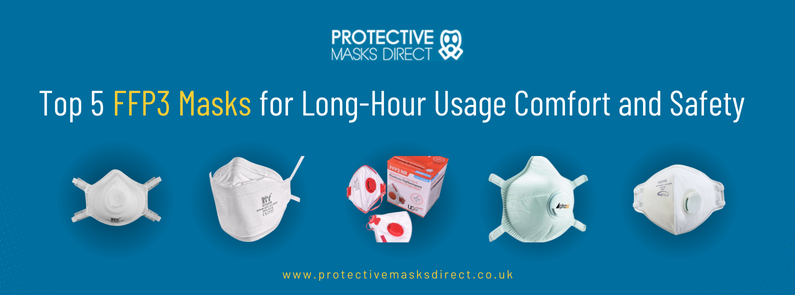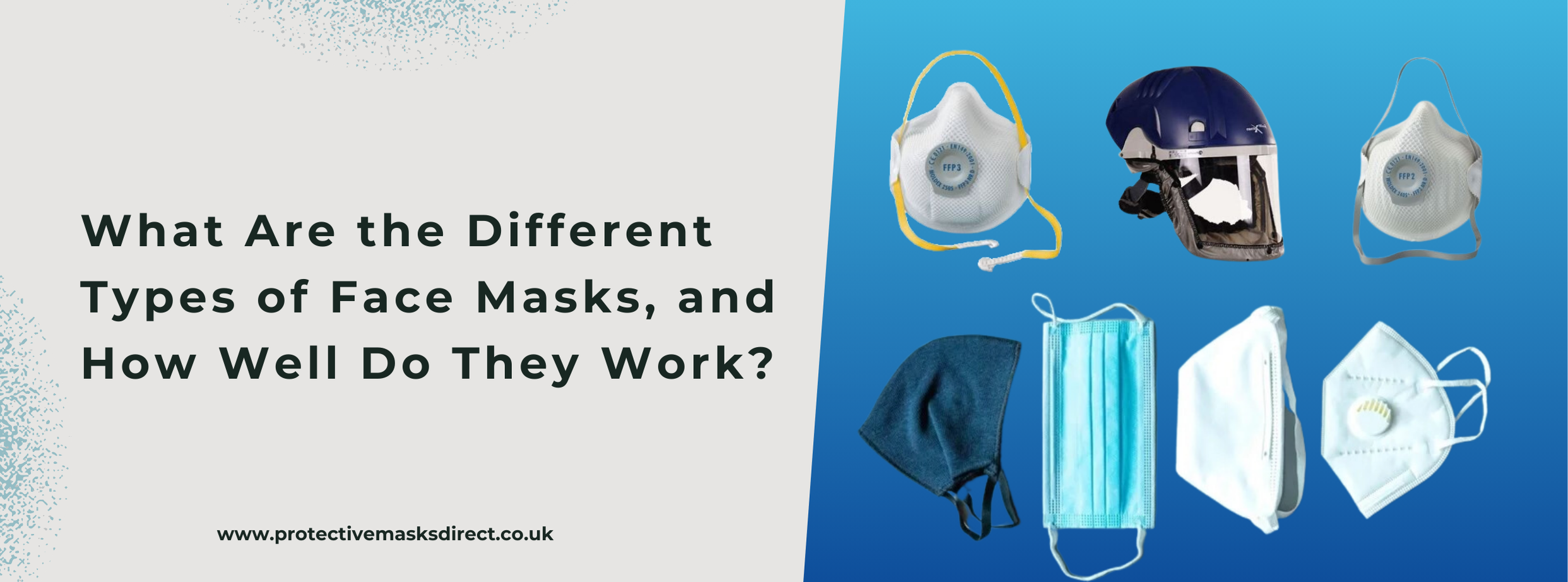
The FFP3 face mask is one of the high-performing face masks protecting the wearer from harmful airborne particles and health risks. The dangerous airborne particles can be radioactive, causing life-threatening diseases like cancer and other respiratory diseases.
Aerosols and fine particles are among the harmful particles that remain invisible to the naked eye, but long-term exposure can cause significant health issues. That's why, to protect employees' health and ensure their welfare, organizations are investing in filtering facepieces (FFP) that provide effective protection against dust, mist, and fumes.
FFP masks offer protection in three levels: FFP1, FFP2, and FFP3. FFP3 respiratory masks offer a minimum filtration efficiency of 99% for 0.3-micron particles. However, the FFP3 face mask can only work properly if it properly covers your face. There should be no space or gap that could deprive the mask of its efficiency. Let's understand the importance of conducting a fit test before buying an FFP3 face mask for your employees.
Why to Conduct an FFP3 Face Mask Fit Test?
It is essential to ensure that employees are not exposed to hazardous substances while working in a dangerous working environment. That's why most organizations go for investing in FFP face masks. However, to ensure proper protection, it is necessary to notice that the mask perfectly covers and fits the employee's face.
If you select an FFP3 face mask and it fits improperly, you are putting your health and the health of anyone around you in danger. Any respiratory protection gear, even disposable FFP3 face masks, needs to be tight-fitting to ensure maximized protection. The hazardous particles can enter the airways through the gaps, which could create problems.
That's why a mask pre-checking procedure with a face fit test is essential. Competent personnel or organizations are legally required to conduct employee fit tests.
What is Face Fit Testing?
Face fit testing is a simple procedure in which a range of tests are employed to ensure that the mask is correctly and safely fitted to maximize protection. These tests are critical for personnel working in industries with high-risk airborne particles.
Types of Face Fit Testing
There are two types of face fit testing to find the right FFP3 dust mask for the wearer:
- Qualitative Face Testing
The qualitative face-testing method depends on the wearer's taste receptors to evaluate the mask's effectiveness. Here's how it is performed:
- The personnel will ask the employee to wear the hood and the mask.
- The wearer is asked to perform a variety of movements to stimulate normal working conditions.
- Now, a solution is sprayed inside the hood during the process.
- If the wearer can taste the spray, then it means the mask is ineffective.
For what it is suitable for?
This method is basically suitable for fit testing for disposable FFP and half masks.
- Qualitative Face Testing
The quantitative face testing method works by counting the particles to measure the effectiveness and seal of the mask. Here's how it is performed:
- The personnel will ask the employee to wear the mask and the hood.
- The personnel will ask the wearer to perform some movements to stimulate normal conditions.
- This will ascertain the validity of the seal, and the device will measure the number of particles entering the mask.
- On the basis of results, the mask will adjusted.
For what it is suitable for?
This is perfect for face fit testing for FFP3s, half masks, and full masks, including SCBA.
Important Note:
The efficiency of the FFP3 dust masks or other masks depends upon the good seal against the face. When the wearer takes in air, the air is drawn towards the filter, which cleans it. However, if there are any gaps, you will breathe impure air as well, nullifying the effect of wearing a high-performance FFP3 face mask.
Now, the important thing to keep in mind is the facial hair: stubble and beards. They make it super difficult to get a good seal of the mask to the face.
That's why it is better to get a clean shave and then wear a mask or go for the face-fitting test. You can easily wear tight-fitting face masks, which will prevent contaminated air from entering from the edges of the masks and directly into your lungs. You will be breathing purified and clean air.
However, if there are good reasons to maintain the beard (like religious reasons), you should go for alternate forms of RPE that do not require a good fit to your face to filter and clean the air.
Wrapping up,
Conducting a face-fitting test is one of the best ways to ensure your employees remain healthy and operations function seamlessly without any side effects. The best time to conduct a face-fitting test for FFP3 face masks is during the initial stages when individual users or employees are given the choice of choosing the right RPE for themselves.
However, keep in mind that get the right make, model, type, and size of FFP3 mask abestos when the specific employee wore during their face fitting test. Protective Masks Direct has the best range of FFP1, FFP2, and FFP3 dust masks, along with all types of protection masks, clothing, and even face fit testing kits. Get the best deals today on face fit testing kits and order today!




